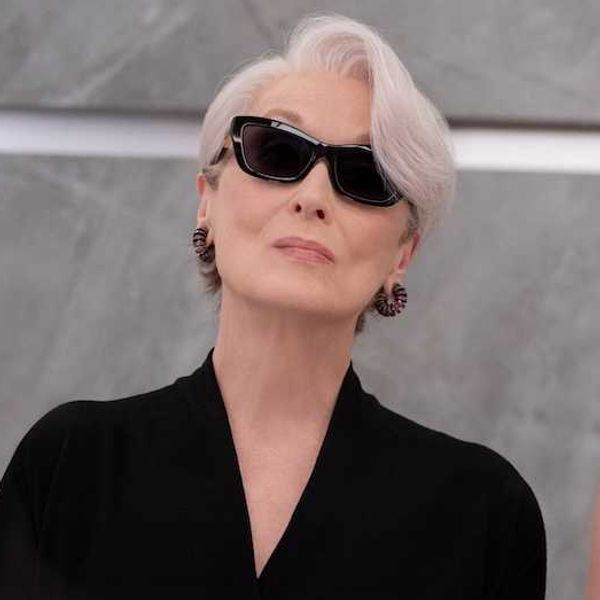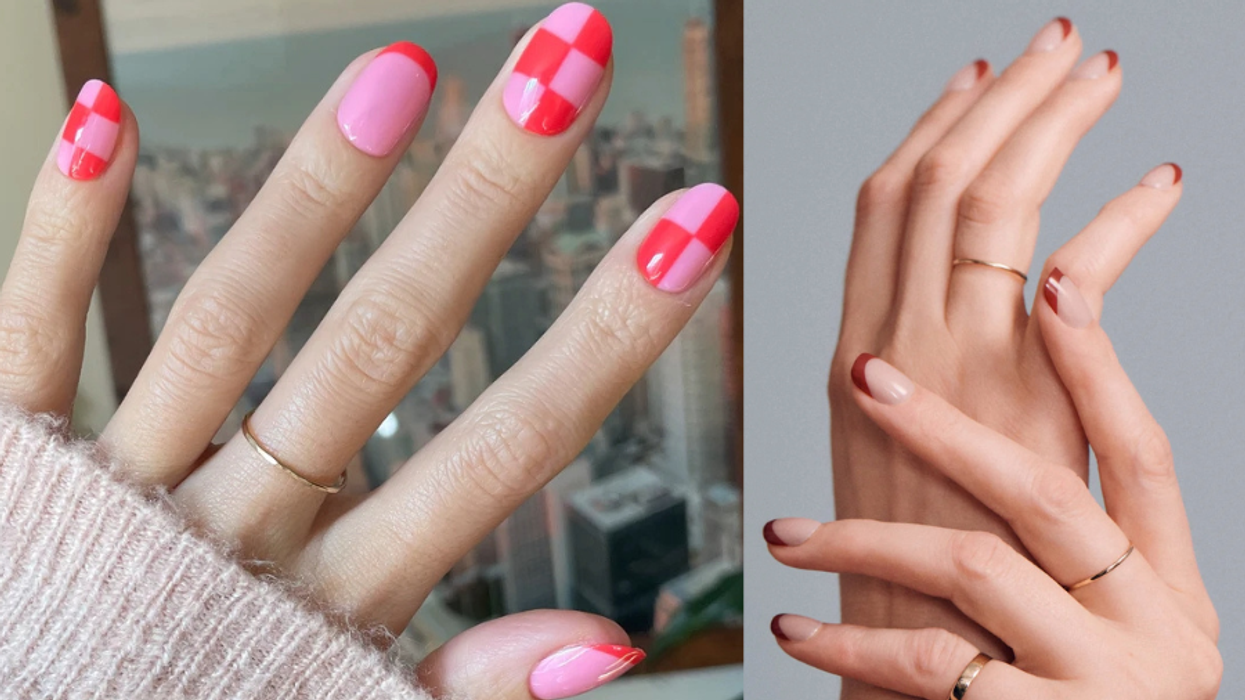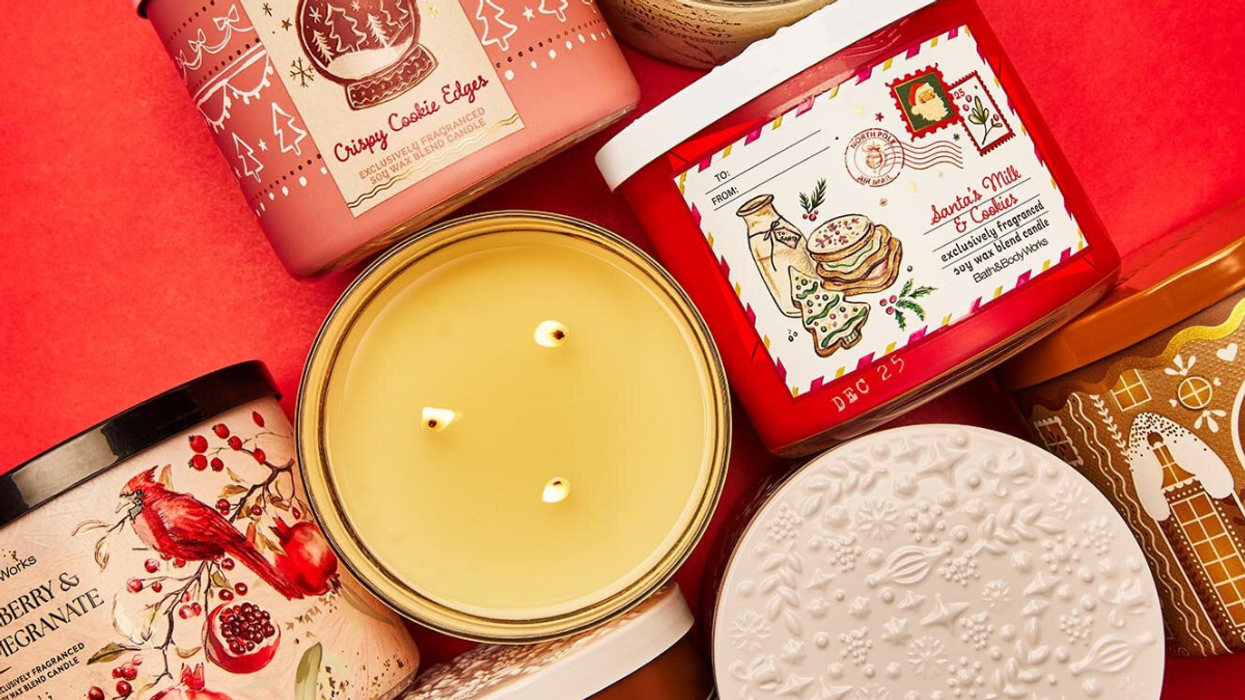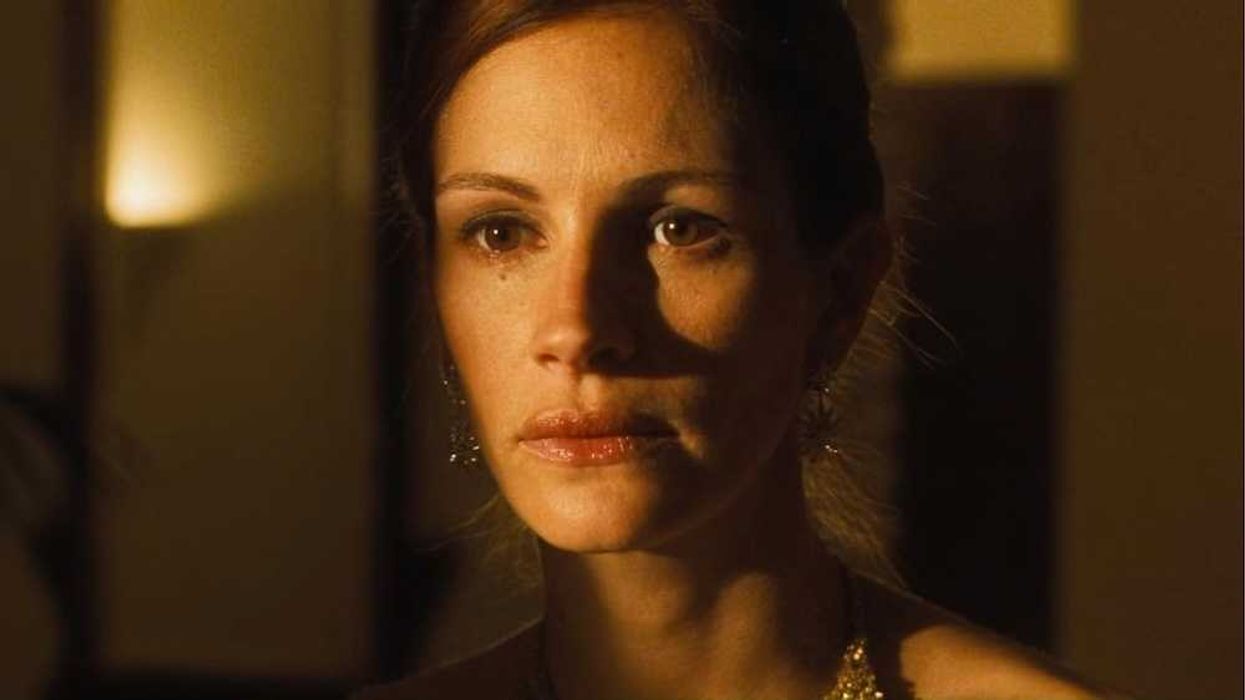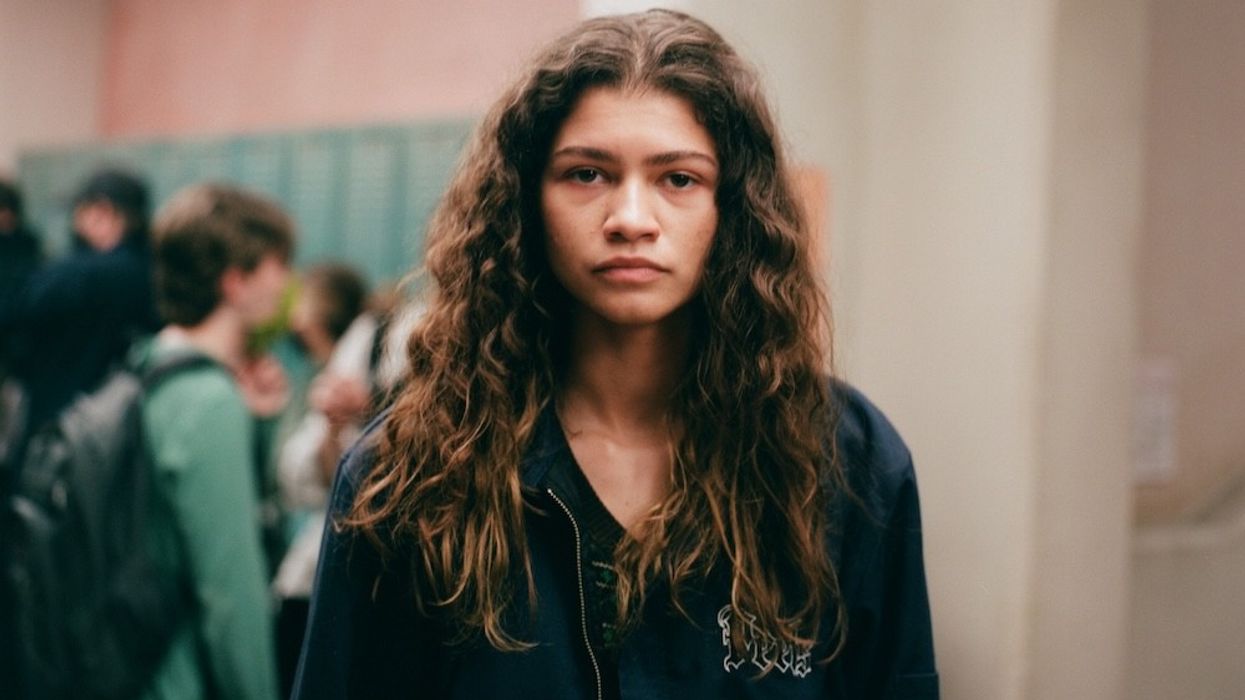Writer Kaila Philo knows firsthand how important it is to see yourself reflected in stories of fantasy and magical adventure.
‘Wrinkle in Time’ Marks a New Age for Geeky Girls of Color
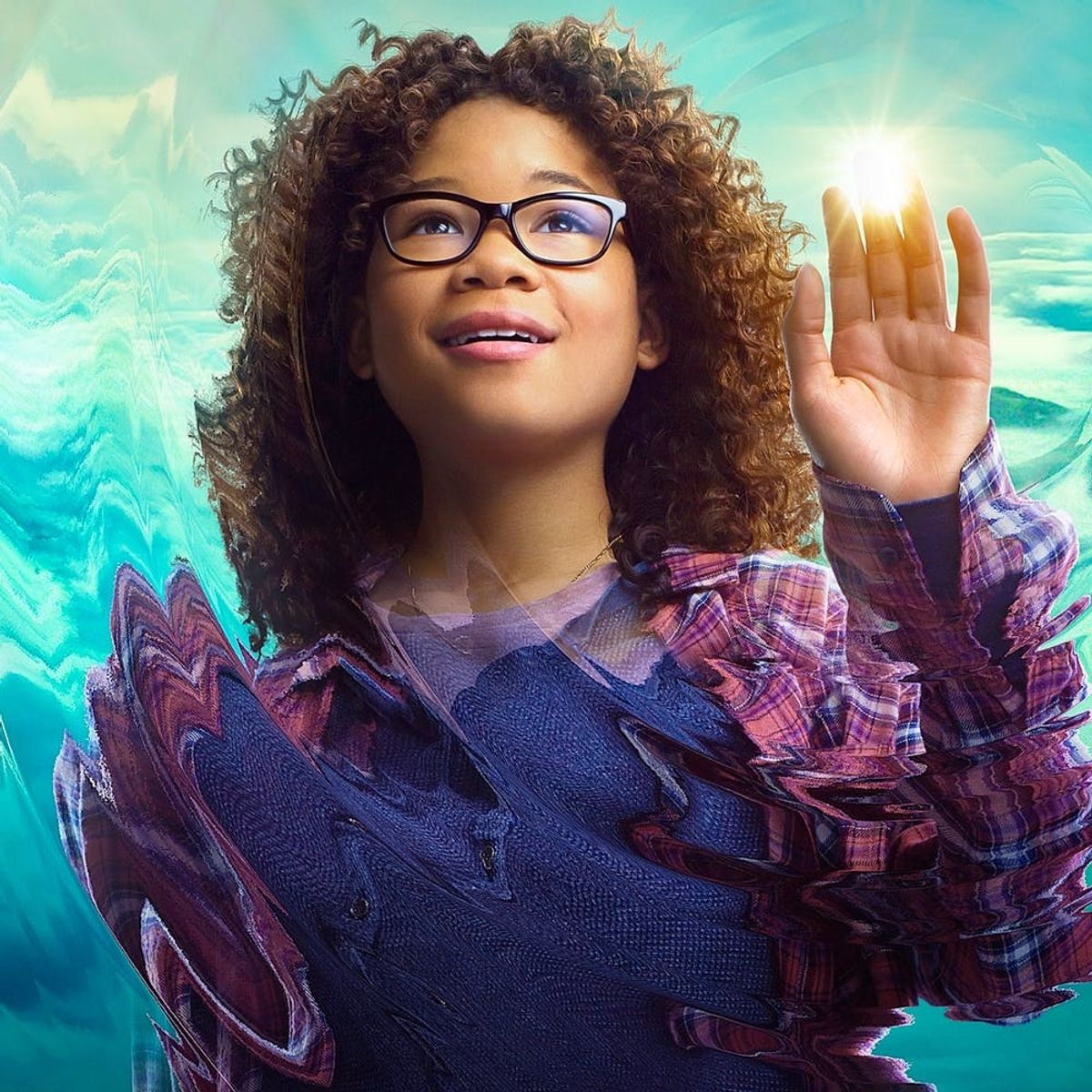
Nearly four months after its trailer set the internet on fire, the March 9 nationwide debut of Ava Duvernay’s adaptation of the 1962 novel A Wrinkle in Time has arrived. Its cast is well assembled, boasting stars like Oprah Winfrey, Reese Witherspoon, Chris Pine, and Mindy Kaling, but it’s the lead actress that will be opening doors: 14-year-old biracial Storm Reid will be playing the protagonist Meg Murry, expanding the collective imagination and affirming that of little brown girls everywhere in a new era of dark faces on-screen.
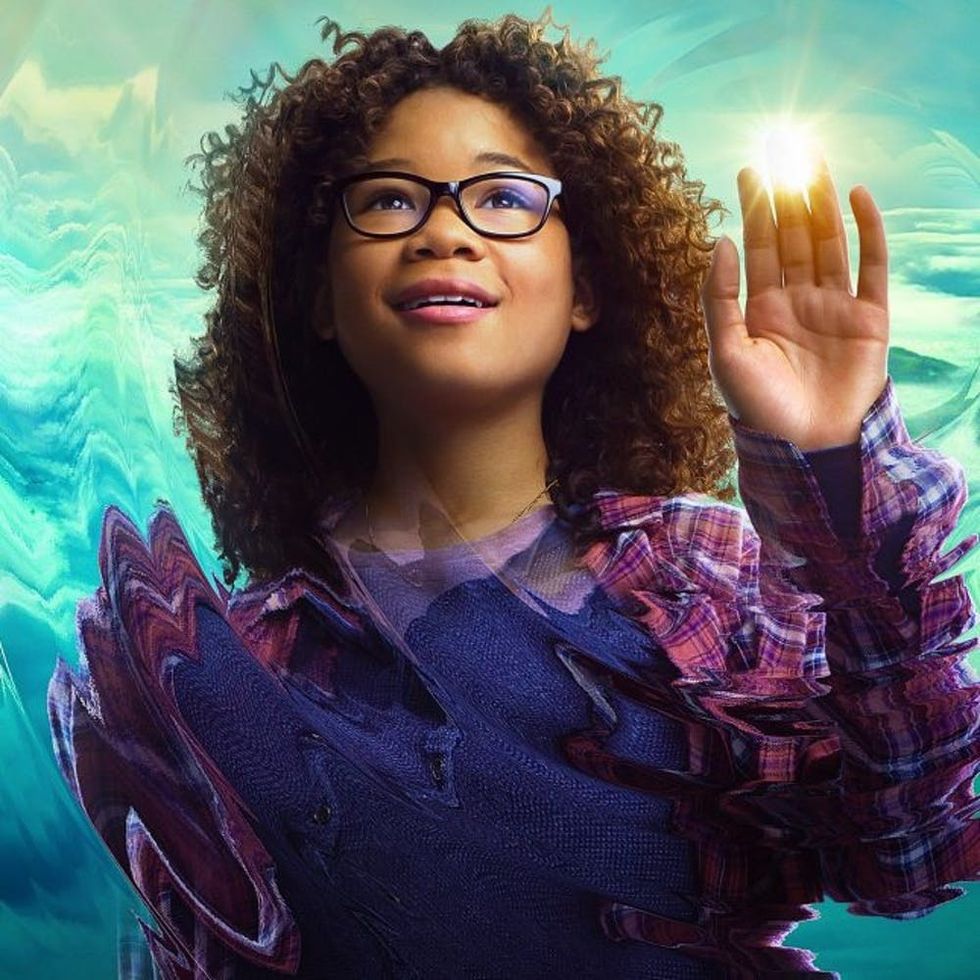
Why is this necessary? For one, film adaptations of bildungsroman — or novels dealing with coming-of-age narratives — almost exclusively cast white actors, especially in the fantasy genre. From Wizard of Oz to Alice in Wonderland to Matilda to Coraline, white girls always seem to be going on magical adventures, save for a handful of Disney and Studio Ghibli films. This pattern sends the message that fantasy is a genre reserved for whiteness, and often keeps brown children from exploring great works of literature and providing them a limited scope of their identities as a result. How do I know? Well, it almost happened to me.
I missed the Harry Potter era. Despite being a bookish six-year-old when the first film debuted and swept America off its feet, I somehow managed to evade Potter-mania until I was 16, when my best friend at the time dragged me to the theatre for the grand finale, and it was like love at first sight. The characters were lovable, the action was exciting, the story was compelling, and the subject matter — another reality within our own reality populated by wizards, witches, and magical creatures — was seductive for a girl like me, who spent her lunch breaks in the library and considered the Book Fair the most wonderful time of the year. After Harry Potter and the Deathly Hallows Part 2, I began reading the books (20 years too late) and sported my Ravenclaw classification with pride. There remained, however, a glaring distinction between Harry, Ron, Hermione, and myself: They were white and I was not.
It isn’t as though this fact prevented me from engaging in the cultural phenomenon. I did, and still do, indulge in it as much as the next girl, and learning that Alfred Enoch, the actor that played Dean Thomas, was Bajan like me, only adds a little extra zeal whenever I revisit the films. (“Look,” I once said to a friend when he was on-screen. “That’s my cousin!”) But Dean’s presence also extended an arm that pulled me further into my fandom. Suddenly this world that I’d admired from afar invited me to participate, and this is precisely the effect Meg Murry’s casting has on young Black girls.
A Wrinkle of Time was adapted once before, as a TV movie in 2003 featuring Alfre Woodard as Mrs. Whatsit falling victim to the Magical Negro trope: She is the only person of color in the film, and her role is devoted solely to aiding the white protagonists. This 2018 adaptation could have easily done the same through Oprah’s Mrs. Which (and likely would have without a certain director at the helm), but Duvernay was smart enough to avoid this trope by filling half of the cast with brown faces, making not one but two of the astral travelers women of color, and centering the film around an exceptionally bright Black girl, granting young Black girls a sort of permission to deviate from the norms. A Wrinkle in Time introduces a new face of geekdom, and a chance for Black girls to genuinely be who they want to be.
How excited are you to see A Wrinkle in Time? Tell us @BritandCo.
(Photo via Disney)


